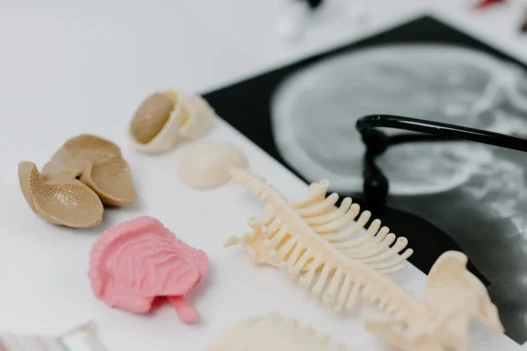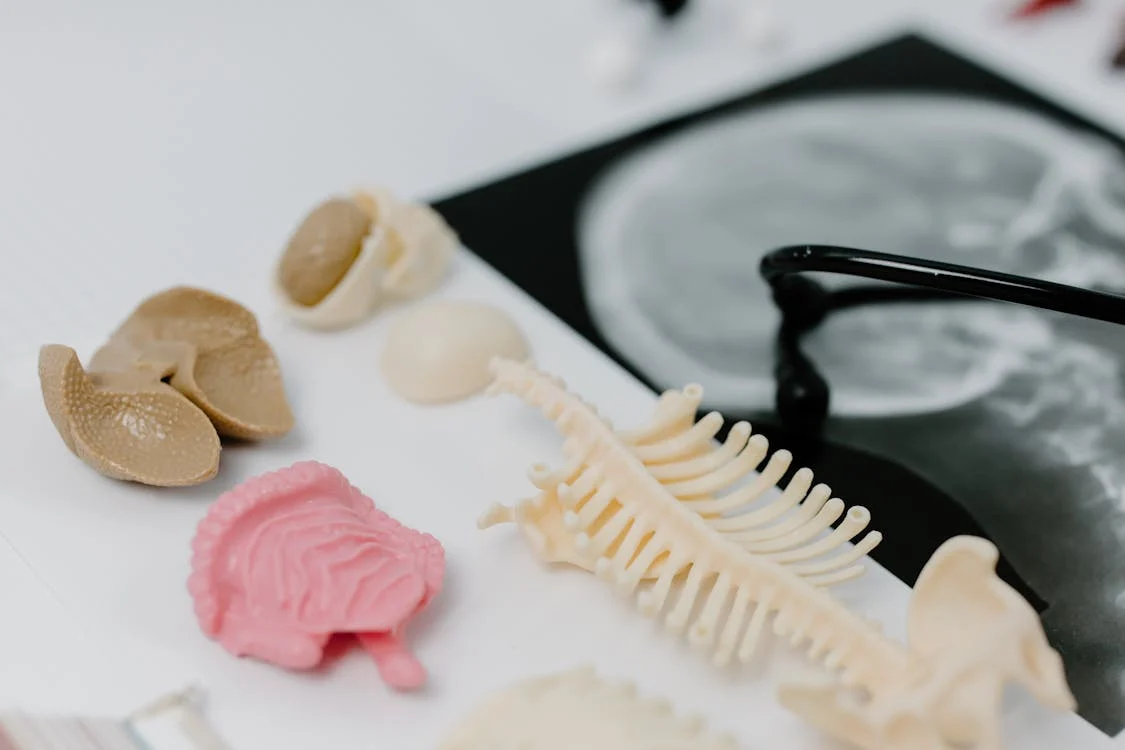0SBG0ZX refers to a surgical procedure in which the left ankle joint is opened and examined for diagnostic purposes. This procedure involves removing any abnormalities within the joint to determine the cause of the issue.
Table of Contents:
- 🔎 Clinical Indication
- 📋 Preparation
- 📖 Methodology
- 🩹 Recovery
- 🚨 Complexity & Risk
- 🔀 Similar Procedures
🔎 Clinical Indication
Excision of the left ankle joint, open approach, diagnostic may be performed to investigate and potentially treat issues related to the joint, such as severe arthritis or suspected tumors.
During the procedure, the surgeon will remove a portion of the left ankle joint to examine it closely and determine the underlying cause of the patient’s symptoms.
This diagnostic approach can help doctors make an accurate diagnosis and develop an appropriate treatment plan moving forward for the patient’s ankle joint condition.
📋 Preparation
Before undergoing the excision of the left ankle joint, open approach, diagnostic procedure, patients typically undergo a series of preparatory steps. These may include fasting for a set period of time, abstaining from certain medications, and receiving pre-operative instructions from medical staff. Additionally, patients may undergo pre-operative testing such as bloodwork or imaging scans to ensure they are in optimal health for the procedure.
📖 Methodology
During 0SBG0ZX, the surgeon will make an incision in the left ankle joint to visually inspect and assess the condition of the joint. This procedure is typically done to diagnose certain conditions or determine the extent of damage in the joint.
The surgeon may remove any damaged tissue, bone spurs, or foreign bodies present in the ankle joint during the procedure. This helps in identifying the cause of symptoms such as pain, swelling, or limited range of motion experienced by the patient.
After the excision of the left ankle joint is completed, the incision will be closed with sutures or staples and the patient will be monitored for any complications or signs of infection. This procedure helps in providing a clear diagnosis and determining the appropriate course of treatment for the patient’s condition.
🩹 Recovery
After an excision of the left ankle joint using an open approach for diagnostic purposes, the patient can expect a period of recovery that includes pain management and possibly physical therapy. The patient may need to use crutches or a wheelchair to avoid bearing weight on the affected ankle during the initial phase of recovery.
It is important for the patient to follow the post-operative instructions provided by the surgeon to ensure proper healing and a successful recovery. The patient may also be advised to elevate the affected ankle and apply ice to reduce swelling and discomfort. Physical therapy may be recommended to help strengthen the ankle and improve range of motion.
🚨 Complexity & Risk
Performing 0SBG0ZX, also known as Excision of Left Ankle Joint, Open Approach, Diagnostic, is a complex medical procedure that involves surgically removing tissue from the left ankle joint for diagnostic purposes. This procedure requires precision and expertise from the surgical team to ensure accurate results.
Although 0SBG0ZX can provide valuable information for diagnosing ankle issues, there are potential risks to patients. These may include infection, bleeding, nerve damage, and potential complications associated with anesthesia. Patients should discuss these risks with their healthcare provider before undergoing the procedure.
🔀 Similar Procedures
A similar medical procedure to Excision of Left Ankle Joint, Open Approach, Diagnostic is arthroscopic ankle surgery. This procedure involves using a small camera called an arthroscope to see inside the ankle joint and make necessary repairs without the need for a large incision.
Both procedures are often used to diagnose and treat conditions such as arthritis, ligament tears, and cartilage damage in the ankle. Arthroscopic ankle surgery is less invasive than open surgery, resulting in less pain, faster recovery times, and fewer complications for patients.

